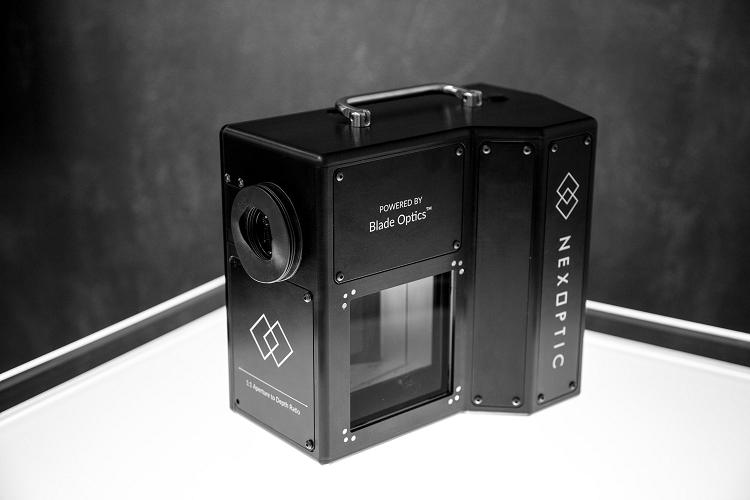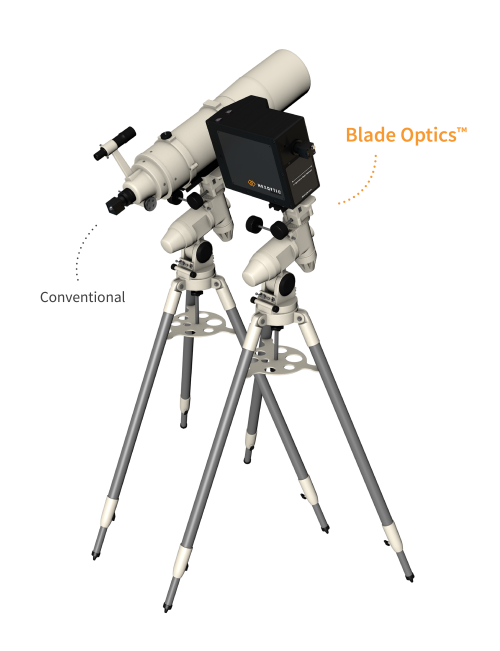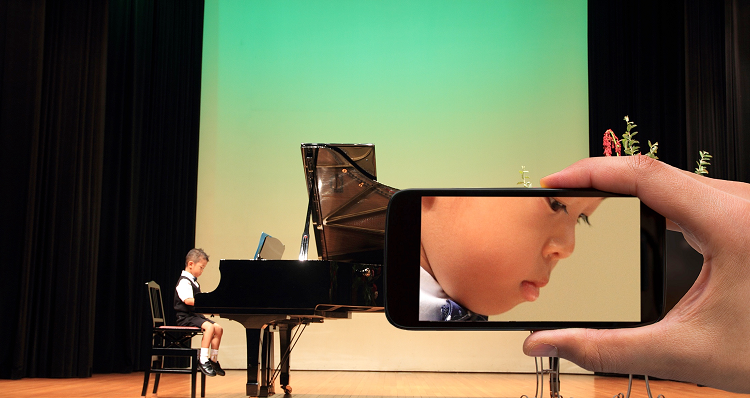New Telephoto Stack Lens Technology Aim for High-Resolution, Long-Range Images in Mobile Devices
/* */ A consistent critique of smartphone cameras is that they take poor-quality pictures of objects that are far away. There is new technology that aim to change that. The promise of high-resolution, long-range imaging for mobile devices is getting closer than we think.
A consistent critique of smartphone cameras is that they take poor-quality pictures of objects that are far away. There is new technology that aim to change that. The promise of high-resolution, long-range imaging for mobile devices is getting closer than we think.
Recently, lens tech developers, NexOptic and Spectrum provided a prototype update on a new telephoto lens stack design intended for mobile devices, including smartphones. The Companies believe this new telephoto lens stack design, called Diamond Blade Optics™, with its relatively large aperture, has the potential to provide high-resolution, long-range imaging for mobile devices.
The firms recently completed an engineering trade study, which is the first step in the Companies’ plan to expand their optical technology pipeline. Earlier this year, the companies unveiled their main technology, Blade Optics™, a novel lens stack design that incorporates a novel, mobile device optical system.
Uniquely engineered, the new lens stack design incorporates a novel, mobile device optical system and builds on the benefits of the fundamental “compress before focus” approach of both the patent-pending Blade Optics™ and Diamond Blade Optics™ technologies.
The technology uses compressing light that allows subsequent focusing elements to be compact while retaining high image quality. This approach opens up the possibility of a larger aperture within the given depth constraints of a mobile device. Initial simulations indicate the optical performance of the new telephoto lens stack design could greatly improve angular resolution from existing consumer smartphone lens systems.
John Daugela, President of Spectrum Optix and Director of NexOptic, said: “Our goal with developing this smartphone demonstration prototype is two-pronged. First, we envision a telephoto lens stack that can be manufactured at a competitive price. Second, we aim to deliver a smartphone telephoto lens system that captures better images of objects at a distance than what is currently available in the market.”
Benefits of Blade Optics™ Technology
Your ads will be inserted here by
Easy Plugin for AdSense.
Please go to the plugin admin page to
Paste your ad code OR
Suppress this ad slot.
The Companies believe that Blade Optics™ has the potential to breakdown many of the limitations associated with conventional, curved lens stacks:
• Aperture size: To get an increased resolution in comparison to usual curved optical devices having similar depth, the aperture-to-depth ratio can be increased by Blade Optics™ in depth-limited optical devices.
• Compactness: Decreasing the depth of the lens stack would create the possibility of more compact and practical imaging devices.
Next Steps
Spectrum has commenced the second phase in its mobile device prototype development program. This will include, but is not limited to, refining specifications based on industry feedback, completing detailed optical designs, defining various tolerances for its lens stack, and finalizing and sourcing materials and related components.
While, the development of the new prototype and the application of Spectrum’s technology to mobile devices is at a relatively early stage, additional work, including further engineering and other studies, are required to complete the prototype and demonstrate the potential application of such technology for mobile and other devices, and its commercial potential.
For more information, and to view recent photos of space using the Blade Optics technology, log on to www.nexoptic.com















